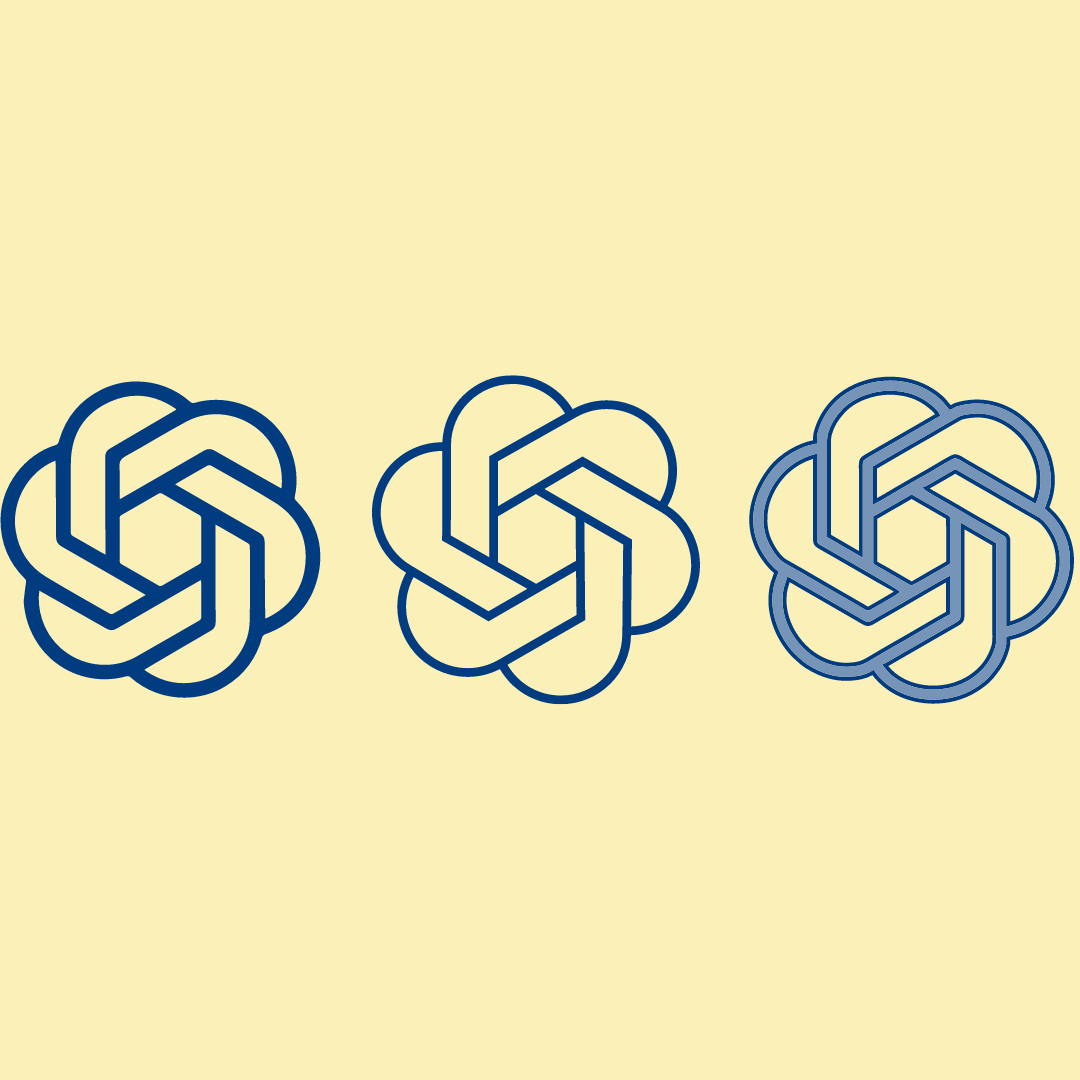It's hard to believe that a year has already passed since the creation of ChatGPT, a revolutionary language model developed by OpenAI. In this blog post, we'll take a closer look at the progress and insights gained over the past year, exploring how ChatGPT has evolved and what we've learned about its capabilities, limitations, and potential applications.
Unveiling ChatGPT
OpenAI unveiled ChatGPT with much anticipation, building upon the success of its predecessor, GPT-3. The model, powered by the GPT-3.5 architecture, was designed to understand and generate human-like text, making it a versatile tool for a wide range of applications, from natural language understanding to content creation.
The Power of Conversation
One of the standout features of ChatGPT is its ability to engage in dynamic and contextually relevant conversations. This conversational prowess has been a game-changer, enabling users to interact with the model in a more fluid and human-like manner. It has found applications in chatbots, virtual assistants, and various customer service scenarios.
Learning from User Feedback
OpenAI recognized the importance of user feedback in refining and enhancing ChatGPT. The platform's iterative deployment allowed users to provide valuable insights, helping to uncover both strengths and weaknesses. The collaborative effort between developers and users has been instrumental in shaping the model's ongoing improvements.
Addressing Limitations
Despite its remarkable capabilities, ChatGPT has its limitations. It sometimes produces incorrect or nonsensical answers, is sensitive to input phrasing, and may exhibit biased behavior. OpenAI has actively sought user input to identify novel risks and possible mitigations. This collaborative approach highlights a commitment to responsible and ethical AI development.
Mitigating Bias
Addressing bias in AI models is an ongoing challenge, and ChatGPT is no exception. OpenAI has taken steps to reduce both glaring and subtle biases in the model's responses. The organization's commitment to transparency and accountability is evident in its efforts to tackle bias issues head-on, fostering a more inclusive and equitable AI landscape.
Creative Applications
Beyond practical uses, ChatGPT has sparked creativity in unexpected ways. Users have leveraged the model for storytelling, brainstorming ideas, and even generating poetry. The model's ability to understand context and provide contextually relevant responses has made it a fascinating tool for those looking to explore the creative potential of AI.
Looking Ahead
As we reflect on the first year of ChatGPT, it's clear that the journey is far from over. OpenAI continues to actively explore ways to improve the model, taking user feedback into account and addressing challenges head-on. The lessons learned from ChatGPT's development pave the way for future advancements in natural language processing and AI as a whole.
Conclusion
The past year has been a fascinating exploration into the capabilities and potential of ChatGPT. From its powerful conversational abilities to the collaborative efforts to address limitations, the model stands as a testament to the ongoing evolution of AI. As we look to the future, the lessons learned from ChatGPT's journey will undoubtedly shape the development of even more advanced and responsible AI systems.
The Lucie team are AI experts. We help businesses maximize their ROI through the power of artificial intelligence. Contact us today to get started.

